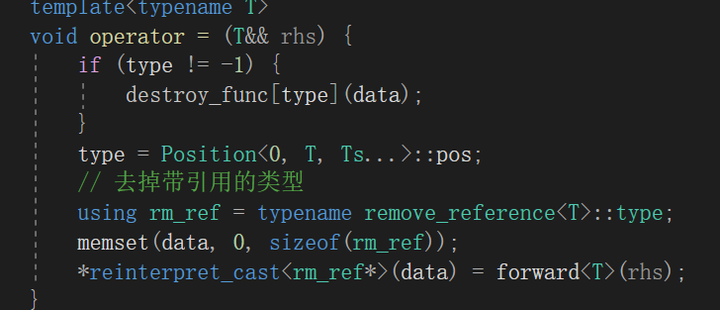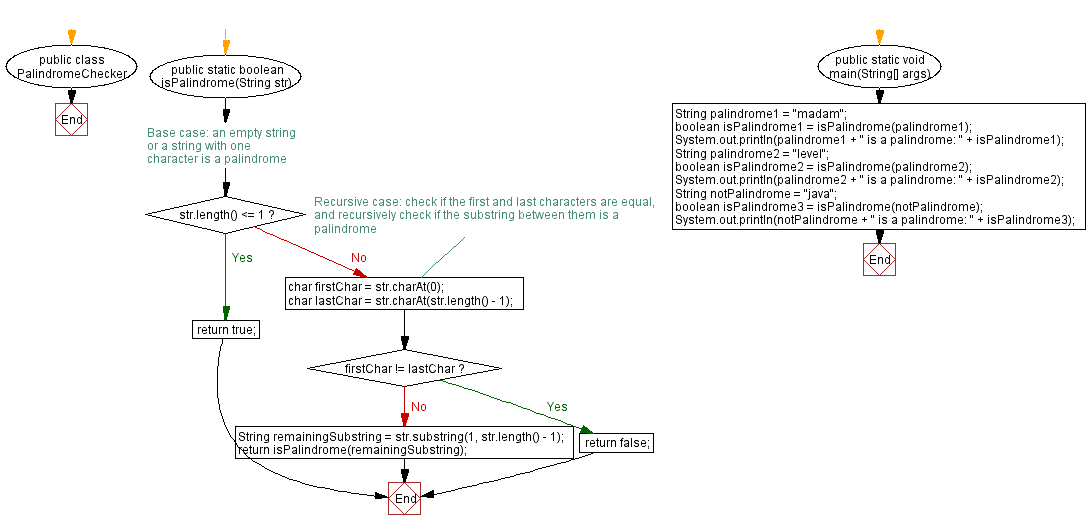Java doesn’t have a direct equivalent to C++’s std::variant. std::variant allows you to hold one of several different types within a single variable. This blog post will explore how to achieve similar functionality in Java, highlighting the approaches and trade-offs involved. Understanding this is crucial for anyone migrating code from C++ to Java or working with situations requiring flexible type handling.
Understanding the Need for a Java Equivalent of std::variant
The power of std::variant lies in its ability to hold values of different types at runtime. This is particularly useful in scenarios where the type of data isn’t known until runtime. Think about parsing data from a file where different lines might represent different data structures. In C++, a std::variant elegantly handles this by allowing you to store an integer, a string, or a custom object within the same variable. Java, lacking a direct equivalent, necessitates alternative strategies. We’ll explore several common approaches to replicate this functionality, each with its own strengths and weaknesses. Choosing the right method depends heavily on the specific application and the level of type safety required. Consider the performance implications as well, particularly when dealing with large datasets.
Alternatives to std::variant in Java: Exploring the Options
Java doesn’t offer a built-in type like std::variant, but we can achieve similar results using various techniques. The most common methods involve using enums with associated data, creating a custom class hierarchy, or leveraging generics with type checking. Each method offers a different level of type safety and flexibility. The choice often depends on the specific requirements of the application and the complexity of the data being handled. The optimal solution will often depend on a balancing act between readability, maintainability, and runtime performance.
Implementing Variant-Like Behavior in Java using Enums
One approach to simulating std::variant in Java involves using enums with associated data. This method is particularly suitable when you have a predefined set of possible types. You define an enum, where each enum constant represents a different type. Then, you can associate data with each enum constant. This approach allows for compile-time type safety but can become cumbersome if the number of possible types grows significantly. Furthermore, adding new types requires modifying the enum declaration, which might not be ideal in all scenarios. Consider using a more flexible solution if you anticipate frequent changes to the set of types.
Using a Custom Class Hierarchy for Flexible Type Handling
Alternatively, you can create a custom class hierarchy to represent the different data types that might be stored in a std::variant. This provides better flexibility than using enums, particularly if the set of possible types is not known at compile time, or if the number of potential types is large and may grow over time. A base class can define common methods, and subclasses represent the specific data types. This allows you to create a single variable that can hold instances of any of these subclasses through polymorphism. While this approach is more flexible, it requires more planning and potentially more complex code.
Leveraging Generics with Type Checking
Generics in Java offer another path towards emulating std::variant’s functionality. While not a direct replacement, you can use a generic class with type constraints to enforce certain type requirements at compile time. This approach offers a balance between type safety and flexibility. The trade-off is that you might need additional runtime type checking to handle cases where the generic type doesn’t match the expected type. This might slightly decrease performance, but it’s usually a minor compromise compared to the benefits of compile time safety. This approach might involve using reflection or visitor patterns.
Comparison of Approaches: Enums vs. Custom Classes vs. Generics
Let’s summarize the key differences between these approaches in a table:
| Method | Type Safety | Flexibility | Complexity |
|---|---|---|---|
| Enums with Associated Data | High | Low | Low |
| Custom Class Hierarchy | High | High | Medium |
| Generics with Type Checking | Medium | Medium | Medium |
Conclusion: Choosing the Right Strategy
While Java lacks a direct equivalent to C++’s std::variant, several strategies effectively mimic its functionality. The best approach depends on your specific needs, balancing type safety, flexibility, and complexity. For a fixed set of types, enums with associated data offer a simple solution. For more dynamic scenarios, a custom class hierarchy provides more flexibility. Generics with runtime type checking offer a compromise between these two extremes. Consider factors like code maintainability, performance requirements and future extensibility before selecting the approach that best suits your project.
Remember to consult the official Java documentation on enums and explore Java’s powerful generics capabilities for a deeper understanding. Learn more about design patterns like the Visitor pattern to further refine your type handling solutions. Finally, consider exploring external libraries that may offer more advanced type handling options. This article on Baeldung provides more information on working with enums in Java.
#1 JAVA BURN BEWARE JAVA BURN. JAVA BURN REVIEW. JAVA BURN REVIEWS. JAVA

#2 Java Logo, symbol, meaning, history, PNG, brand

#3 std::variant std::optional -

#4 What is JAVA, Applications of JAVA, History, Code On Java

#5 C++std::variant -

#6 std::variant Tail -

#7 Java Recursive Method: String palindrome detection

#8 SIMD, std::variant and More! - shelltech
